The Complete Edition - Software Engineering for Real-Time Systems. A software engineering perspective toward designing real-time systems
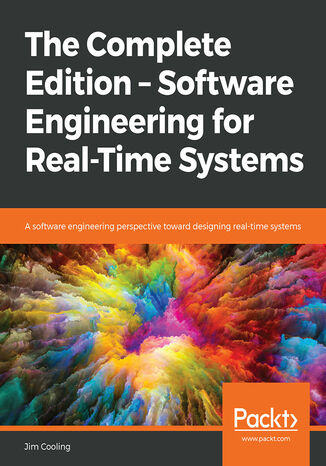



- Wydawnictwo:
- Packt Publishing
- Ocena:
- Stron:
- 824
- Dostępne formaty:
-
PDFePubMobi
Opis
książki
:
The Complete Edition - Software Engineering for Real-Time Systems. A software engineering perspective toward designing real-time systems
The book kicks off by describing real-time systems, their applications, and their impact on software design. You will learn the concepts of software and program design, as well as the different types of programming, software errors, and software life cycles, and how a multitasking structure benefits a system design.
Moving ahead, you will learn why diagrams and diagramming plays a critical role in the software development process. You will practice documenting code-related work using Unified Modeling Language (UML), and analyze and test source code in both host and target systems to understand why performance is a key design-driver in applications.
Next, you will develop a design strategy to overcome critical and fault-tolerant systems, and learn the importance of documentation in system design.
By the end of this book, you will have sound knowledge and skills for developing real-time embedded systems.
Wybrane bestsellery
Packt Publishing - inne książki
Dzięki opcji "Druk na żądanie" do sprzedaży wracają tytuły Grupy Helion, które cieszyły sie dużym zainteresowaniem, a których nakład został wyprzedany.
Dla naszych Czytelników wydrukowaliśmy dodatkową pulę egzemplarzy w technice druku cyfrowego.
Co powinieneś wiedzieć o usłudze "Druk na żądanie":
- usługa obejmuje tylko widoczną poniżej listę tytułów, którą na bieżąco aktualizujemy;
- cena książki może być wyższa od początkowej ceny detalicznej, co jest spowodowane kosztami druku cyfrowego (wyższymi niż koszty tradycyjnego druku offsetowego). Obowiązująca cena jest zawsze podawana na stronie WWW książki;
- zawartość książki wraz z dodatkami (płyta CD, DVD) odpowiada jej pierwotnemu wydaniu i jest w pełni komplementarna;
- usługa nie obejmuje książek w kolorze.
Masz pytanie o konkretny tytuł? Napisz do nas: sklep@helion.pl
Książka drukowana




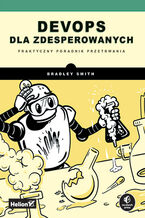




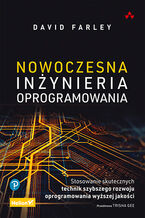


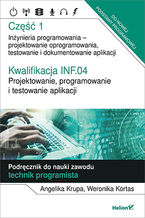











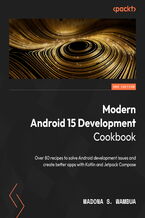
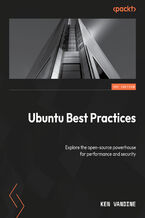

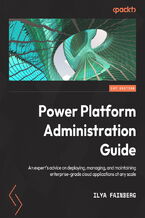








Oceny i opinie klientów: The Complete Edition - Software Engineering for Real-Time Systems. A software engineering perspective toward designing real-time systems Jim Cooling (0) Weryfikacja opinii następuję na podstawie historii zamówień na koncie Użytkownika umieszczającego opinię. Użytkownik mógł otrzymać punkty za opublikowanie opinii uprawniające do uzyskania rabatu w ramach Programu Punktowego.
Weryfikacja opinii następuję na podstawie historii zamówień na koncie Użytkownika umieszczającego opinię. Użytkownik mógł otrzymać punkty za opublikowanie opinii uprawniające do uzyskania rabatu w ramach Programu Punktowego.